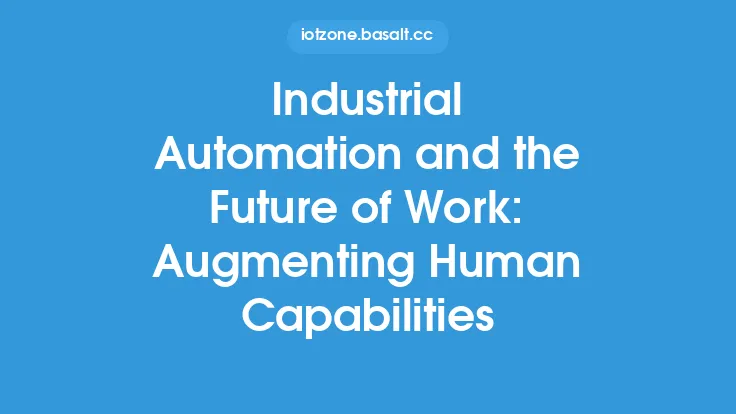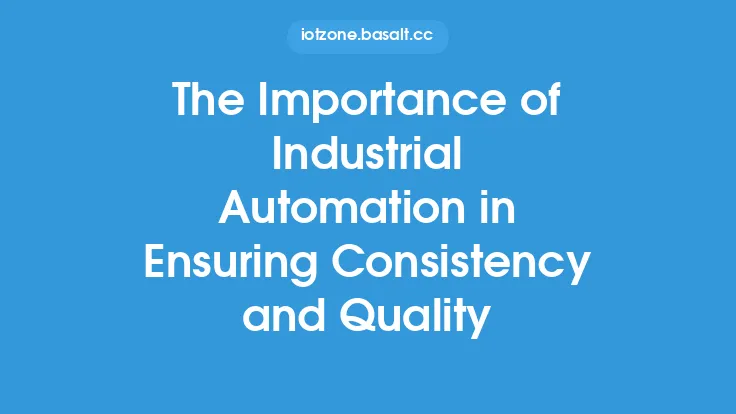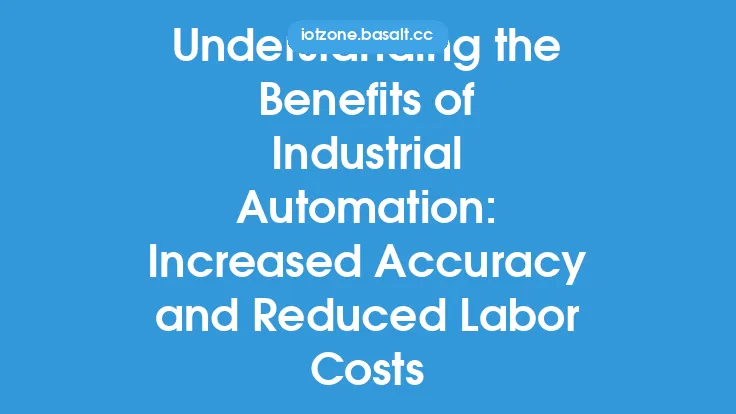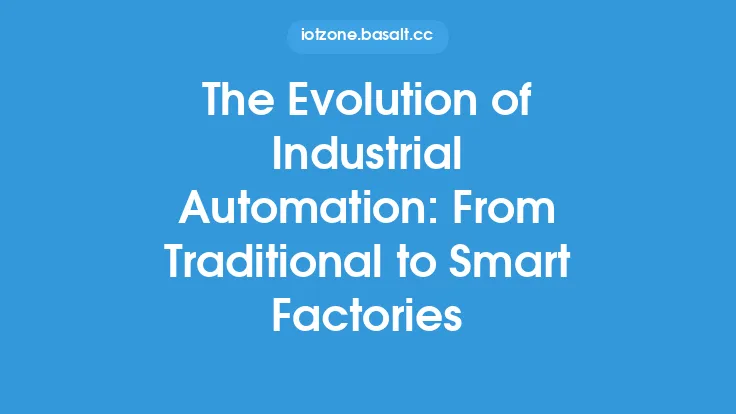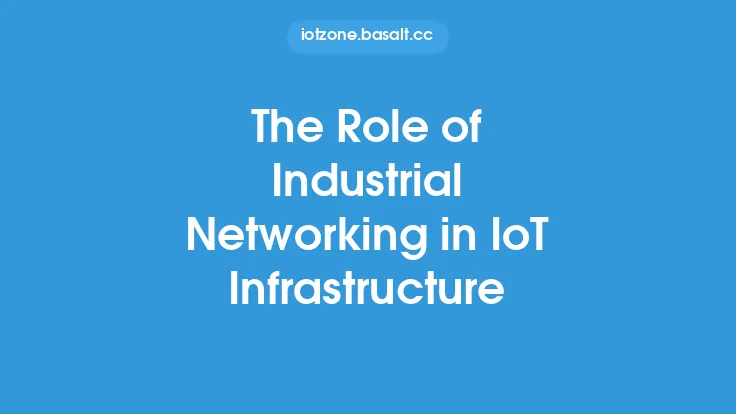The modern manufacturing landscape has undergone a significant transformation with the integration of industrial automation. This technological revolution has enabled manufacturers to streamline their production processes, enhance efficiency, and improve product quality. At its core, industrial automation involves the use of control systems, machines, and information technologies to optimize manufacturing processes, reduce manual labor, and increase productivity.
History and Development of Industrial Automation
Industrial automation has its roots in the early 20th century, when manufacturers began to adopt mechanized systems to improve production efficiency. The introduction of the first programmable logic controller (PLC) in the 1960s marked a significant milestone in the development of industrial automation. PLCs enabled manufacturers to automate complex processes, improve product quality, and reduce production costs. The subsequent introduction of computer-based control systems, such as distributed control systems (DCS) and supervisory control and data acquisition (SCADA) systems, further expanded the capabilities of industrial automation.
Key Components of Industrial Automation
Industrial automation systems typically consist of several key components, including sensors, actuators, control systems, and communication networks. Sensors detect changes in the production process and provide feedback to the control system, which then adjusts the process parameters to achieve the desired outcome. Actuators, such as motors, valves, and pumps, execute the control system's instructions to manipulate the production process. Control systems, including PLCs, DCS, and SCADA systems, integrate data from sensors and other sources to make decisions and adjust the production process. Communication networks, such as Ethernet and wireless networks, enable the exchange of data between devices and systems, facilitating real-time monitoring and control.
Industrial Automation Technologies
Several industrial automation technologies have emerged in recent years, including robotics, machine vision, and artificial intelligence (AI). Robotics involves the use of automated machines to perform tasks such as assembly, welding, and material handling. Machine vision technologies, such as computer vision and optical character recognition, enable manufacturers to inspect products and detect defects. AI and machine learning algorithms can be used to analyze production data, predict maintenance needs, and optimize production processes.
Applications of Industrial Automation
Industrial automation has a wide range of applications across various industries, including automotive, aerospace, food and beverage, and pharmaceuticals. In the automotive industry, industrial automation is used to assemble vehicles, inspect parts, and test systems. In the aerospace industry, industrial automation is used to manufacture aircraft components, inspect systems, and test equipment. In the food and beverage industry, industrial automation is used to process and package products, inspect quality, and manage inventory. In the pharmaceutical industry, industrial automation is used to manufacture and package medications, inspect quality, and manage inventory.
Benefits of Industrial Automation
The benefits of industrial automation are numerous and well-documented. Industrial automation can improve product quality, reduce production costs, and increase productivity. By automating repetitive and mundane tasks, manufacturers can reduce labor costs and improve worker safety. Industrial automation can also enable real-time monitoring and control, facilitating rapid response to changes in the production process. Additionally, industrial automation can provide valuable insights into production data, enabling manufacturers to optimize processes and improve efficiency.
Challenges and Limitations of Industrial Automation
Despite its many benefits, industrial automation also presents several challenges and limitations. One of the primary challenges is the high upfront cost of implementing industrial automation systems, which can be a barrier to adoption for small and medium-sized manufacturers. Additionally, industrial automation systems require specialized maintenance and support, which can be a challenge for manufacturers with limited technical expertise. Cybersecurity is also a concern, as industrial automation systems can be vulnerable to cyber threats and data breaches. Finally, industrial automation can also have social and economic implications, such as job displacement and changes to the workforce.
Future of Industrial Automation
The future of industrial automation is exciting and rapidly evolving. Emerging technologies, such as the Internet of Things (IoT), cloud computing, and AI, are expected to play a major role in shaping the future of industrial automation. The IoT will enable the connection of devices and systems, facilitating real-time monitoring and control. Cloud computing will provide manufacturers with greater flexibility and scalability, enabling them to quickly deploy and manage industrial automation systems. AI and machine learning algorithms will enable manufacturers to analyze production data, predict maintenance needs, and optimize production processes. As industrial automation continues to evolve, it is likely to have a profound impact on the manufacturing industry, enabling manufacturers to improve efficiency, reduce costs, and enhance product quality.

